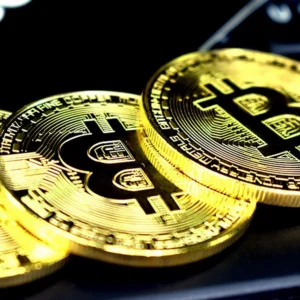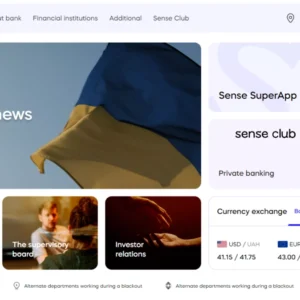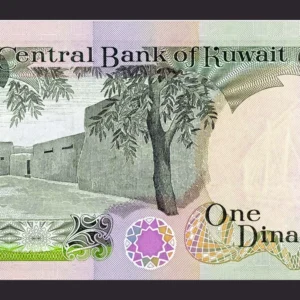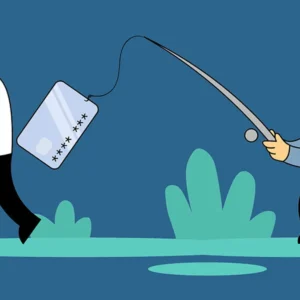The 500 euro note is not only the highest-value currency in the European Union but also one of the most sought-after targets for counterfeiters. Despite its gradual withdrawal from circulation, it remains in use and carries significant value. For anyone dealing with this currency, it’s essential to know how to identify a genuine 500 euros without the need for specialized detectors. This article provides a comprehensive guide on recognizing the authentic features of this note, ensuring you can confidently spot a counterfeit.
Also read about Ukrainian Online Payment Service EasyPay.
What Does a 500 Euro Banknote Look Like?
Like other European banknotes, the 500 euro note has a stylish design created by Austrian designer Robert Kalina. The main elements include:
- The denomination and currency name;
- The image of the European Union flag;
- The signature of the European Central Bank President;
- The year of issue;
- The traditional 12 EU stars;
- Security features.
The banknote measures 160×82 mm and is purple in color. Key features of the 500 euros include:
- An original image on the reverse side, depicting a modern-style building;
- The depiction of a cable-stayed bridge on the front side.
The images on euro banknotes have an interesting history. Each note features a building representing a historical architectural style from Europe. Initially, these were real landmarks, but for political reasons, they were replaced with schematic drawings of different architectural styles. However, the bridges were fictional from the beginning. They did not exist until small replicas were built in the Netherlands in 2011.
The time of issue can be determined by the signature of the President of the European Central Bank who was in office at the time:
- 1998 to 2002: W. Duisenberg;
- 2003 to 2010: J.-C. Trichet;
- 2011 to 2017: M. Draghi.
In 2018, a new series of euro banknotes with slightly modified designs was introduced in Europe. However, the 500 euro note was not included in these changes. Why? Because it was gradually being withdrawn from circulation.

Why and How the 500 Euro Note Is Being Withdrawn from Circulation
On April 26, 2019, the issuance of the 500 euros was officially discontinued. The decision was made due to the high value of the note, which posed three problems:
- It was often used for criminal purposes – for bribery and money laundering. One million euros in 500 euro notes weighs only 2200 grams. It is easy to hide, transfer, and transport. For comparison, the largest U.S. bill is $100, and one million dollars weighs about 10 kilograms.
- Shops refused to accept 500 euro notes because they simply did not have enough change. Despite criticism from the European Commission, businesses were not ready to create problems for themselves.
- The 500 euro note became massively counterfeited, and by some estimates, 9 out of 10 notes in 2010 were fakes.
However, there is no need to rush to exchange your 500 euro notes. They will remain legal tender forever. Notes that reach banks will be withdrawn from circulation. Money hidden “under the mattress” can be taken out and used or exchanged for other denominations at any time.

The National Bank of Ukraine has also committed to exchanging 500 euro notes as long as they remain in circulation.
How to Recognize a Counterfeit 500 Euro Note
Due to its high value and popularity, the 500 euros is a favorite target of counterfeiters. When receiving such a note, you should ensure that all security features are present:
- Watermarks. When held up to the light, white 500 numbers and a window fragment can be seen on a light background, with four vertical stripes on the left. If you fold the note in half, the chaotic elements at the edges form the number 500.
- In the central part of the note, there is a security thread with the word “euro”.
- In the lower right part of the front side, there is a holographic image – an asymmetric pentagon. When tilted, a building or the number 500 can be seen.
- The numbers indicating the denomination of 500 euros change color from purple to green at different angles.
- The original note has a tactile print that can be felt. One side is rougher, while the other is smoother.
- The original paper is strong and quite firm, producing a characteristic “crunch” when folded, while counterfeits are generally softer.
How to Identify Fake 500 Euro Notes – Video
To learn more about the protection of the 500 euro note from counterfeiting, watch the video:
Conclusions
The 500 euro note is one of the most expensive banknotes in the world. It is frequently counterfeited and targeted by criminals. Therefore, it is crucial to know what it looks like and how to distinguish a counterfeit. Even better, take it to a bank and exchange it for smaller denominations.
Frequently Asked Questions About the 500 Euro Note
The 500 euro note has slightly larger dimensions because, unlike other notes, it was not reissued in 2018.
Yes, exchange offices should accept such notes. If refused, you can turn to a bank.
Problems may arise if the store simply does not have enough change. But in any case, a bank can help.
The 500 euro note will stop being accepted when they are no longer in physical circulation. This might never happen.













